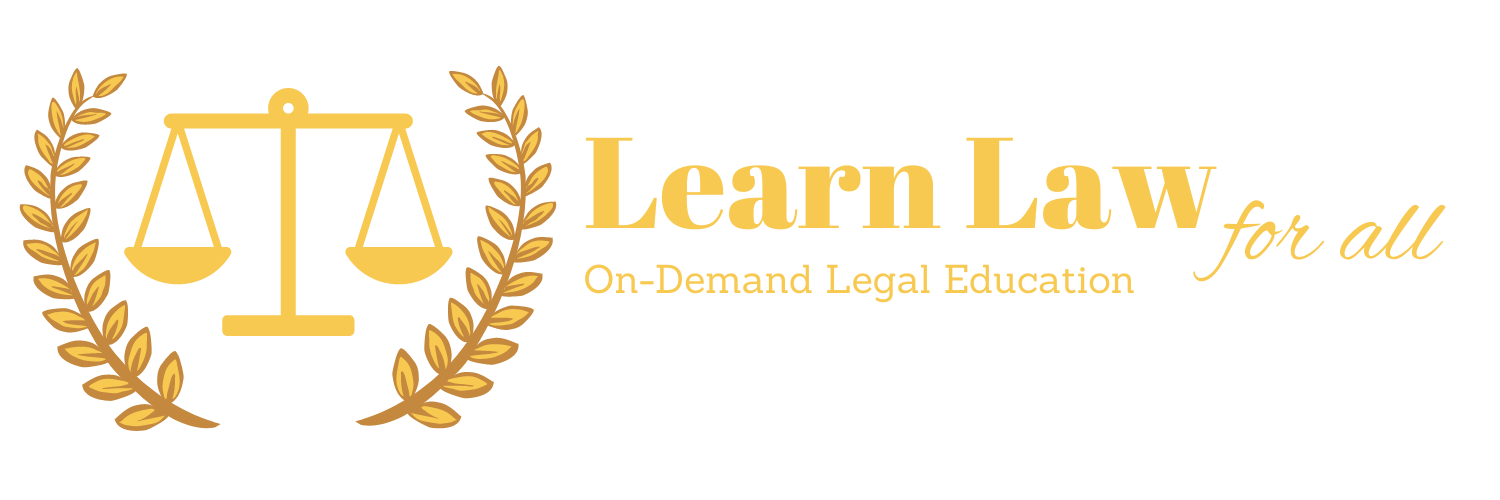White collar crime refers to financially motivated, non-violent crimes committed by business and government professionals. Originally defined by sociologist Edwin Sutherland in 1939, the term “white collar” is derived from the business attire typically worn by individuals in professions prone to these offenses. These crimes are characterized by deceit, concealment, or violation of trust and do not involve physical force.
Types of White Collar Crime Fraud:
This broad category includes activities such as Ponzi schemes, insurance fraud, and tax evasion, where deception is used to financially benefit the perpetrator at the expense of others.
Embezzlement:
This occurs when someone misappropriates funds placed in their trust or belonging to their employer. A common example would be a manager diverting company funds into personal accounts.
Money Laundering:
The process of making illegally-gained proceeds (i.e., "dirty money") appear legal ("clean"). This is often achieved by moving funds through complex financial transactions to obscure their origin.
Insider Trading:
The illegal trading of a company’s stock by individuals with access to non-public, material information about the company.
White Collar Crime Cases:
Enron Scandal (2001):
Expanding on High-Profile White Collar Crime Cases and Understanding Detection The Enron scandal is a prime example of corporate fraud. The company's downfall began when it was revealed that much of its profits and revenue were the result of deals with special purpose entities (limited partnerships or companies created to fulfill temporary or specific purposes). This allowed Enron to hide billions in debt from failed deals and projects. The deception was uncovered when a skeptical analyst questioned the company's unusual accounting practice during a conference call. This triggered closer scrutiny, revealing years of financial misconduct. The scandal led to the bankruptcy of Enron and the dissolution of Arthur Andersen, one of the largest audit firms at the time.
Bernard Madoff (2008):
Bernard Madoff's Ponzi scheme, the largest in history, was exposed partly due to the 2008 financial crisis. Investors, facing financial troubles themselves, attempted to withdraw their money, revealing that the returns they were promised (and some were receiving) were funded by the inflow of new investment, not genuine profit. This unsustainable model collapsed when new investments slowed. Madoff's sons, who were executives at his firm, turned him in after he confessed to them, leading to his arrest.
WorldCom Scandal (2002):
WorldCom's fraud was primarily an accounting scandal where the company's assets were falsely inflated by $11 billion. It was uncovered by internal auditing department staff, who questioned the legitimacy of certain accounting entries. WorldCom's CEO, Bernard Ebbers, was found guilty of fraud and conspiracy, the irregularities primarily involving the capitalization of operating costs to inflate assets. He was sentenced to 25 years in prison.
Operation Varsity Blues (2019):
This scandal revealed a criminal conspiracy to influence undergraduate admissions decisions at several top American universities. It involved wealthy parents paying bribes to secure their children’s admission to these institutions. The investigation began with a tip from an executive being investigated for securities fraud, who sought leniency by revealing the bribe scheme. Notable convictions include actresses Lori Loughlin and Felicity Huffman.
Cyber White-Collar Crimes:
Phishing and Romance Scams Romance Scams: These involve fraudsters who create fake profiles to establish romantic relationships with victims online. Once trust is established, they request financial help for fabricated emergencies. In 2019, a criminal ring in Oklahoma was busted for orchestrating such a scam, defrauding victims of $1.5 million.
Phishing:
Phishing attacks trick victims into providing sensitive data through counterfeit communications that appear to be from legitimate sources. This data is then used for various fraudulent schemes, including identity theft. One of the largest phishing crackdowns was "Operation Phish Phry", where nearly 100 people were arrested in 2009 for their involvement in an international identity theft scheme.
Conclusion
White collar crimes can have devastating effects on economies, businesses, and individuals, often eroding public trust in institutions. They require sophisticated detection and prevention strategies involving both technological tools and legal regulations. By understanding these crimes, their mechanisms, and famous examples, individuals and organizations can better protect themselves from becoming victims. As technologies evolve, so too must our strategies to detect and combat these deceptive practices, ensuring the integrity of our economic systems.

